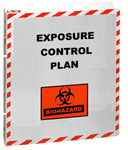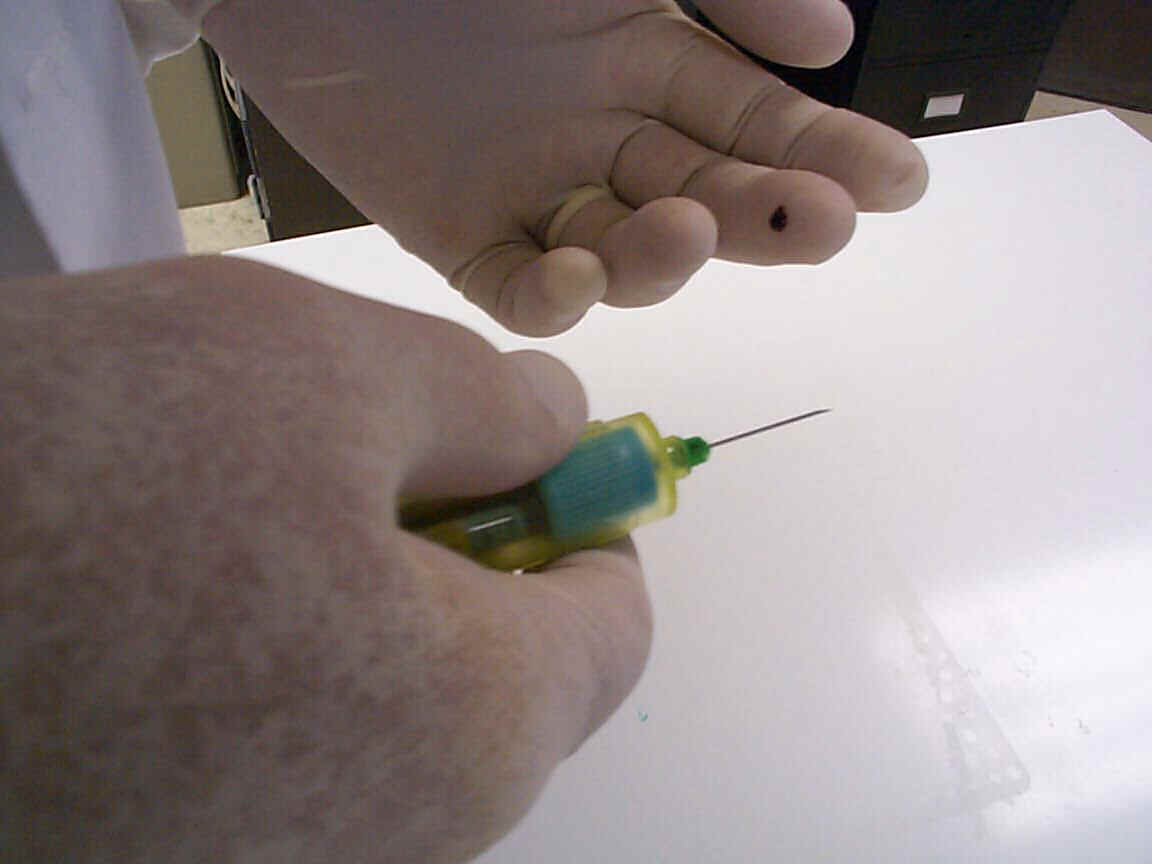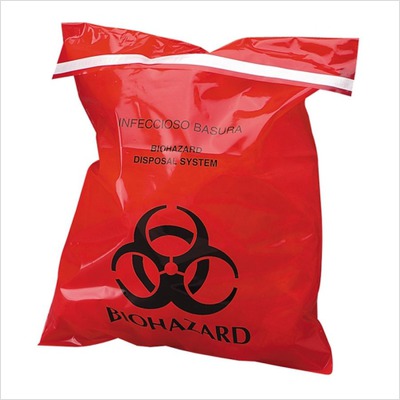Bloodborne Pathogens
 Bloodborne pathogens are microorganisms found in the blood of infected individuals that cause diseases. They may also be present in "other potentially infectious materials," such as blood-tainted body fluids, unfixed tissues or body parts, some biological research materials, and even other primates. These pathogens are a concern because they are capable of infecting others who are exposed to infectious blood or other body fluids.
Bloodborne pathogens are microorganisms found in the blood of infected individuals that cause diseases. They may also be present in "other potentially infectious materials," such as blood-tainted body fluids, unfixed tissues or body parts, some biological research materials, and even other primates. These pathogens are a concern because they are capable of infecting others who are exposed to infectious blood or other body fluids.
Some workers are at risk of exposure as a result of their occupational duties, and, these workers are required to receive bloodborne pathogens training prior to initial assignment to tasks where occupational exposure may occur, and then receive refresher training annually thereafter. The training covers a variety of topics aimed at reducing the risk of exposure and disease transmission.
Exposure Control Plan
 An Exposure Control Plan is a written action plan that identifies occupational risks and specifies precautionary control measures needed to manage and minimize potential exposure to bloodborne pathogens. A copy of West Texas A & M University’s Exposure Control Plan is available here:
An Exposure Control Plan is a written action plan that identifies occupational risks and specifies precautionary control measures needed to manage and minimize potential exposure to bloodborne pathogens. A copy of West Texas A & M University’s Exposure Control Plan is available here:
Hepatitis B Vaccination
![]() Hepatitis B virus (HBV) is a serious bloodborne pathogen that attacks the liver and can cause potentially life-threatening diseases in humans. HBV is transmitted through exposure to blood or other body fluids.
Hepatitis B virus (HBV) is a serious bloodborne pathogen that attacks the liver and can cause potentially life-threatening diseases in humans. HBV is transmitted through exposure to blood or other body fluids.
Workers whose job duties have a reasonable anticipation of contact with blood or other potentially infectious materials are required to be offered a vaccination series against HBV. The vaccine is offered after bloodborne pathogens training and within 10 working days of initial assignment to work unless the employee has previously received the complete hepatitis B vaccination series, antibody testing has revealed that the employee is immune, or that the vaccine is contraindicated for medical reasons.
A form for acceptance or declination of the HBV vaccine must be filled out by all workers whose job duties have been identified as placing them at risk for exposure. The standard West Texas A&M University System form is available here: Hepatitis B Vaccination Form
This form should be completed and returned to the designated individual(s) at West Texas A&M University (contact information listed below).
Exposure Incident Reporting
 If a bloodborne pathogens exposure incident should occur, report the incident immediately to your supervisor and the safety office. In addition, complete and submit an Employer's First Report of Injury or Illness and, if a contaminated sharp was involved, a Contaminated Sharps Injury Reporting Form. These forms may also be found at the A&M System Workers’ Compensation Insurance website, https://www.tamus.edu/risk/workers-compensation/.
If a bloodborne pathogens exposure incident should occur, report the incident immediately to your supervisor and the safety office. In addition, complete and submit an Employer's First Report of Injury or Illness and, if a contaminated sharp was involved, a Contaminated Sharps Injury Reporting Form. These forms may also be found at the A&M System Workers’ Compensation Insurance website, https://www.tamus.edu/risk/workers-compensation/.
Questions
If you have any questions about bloodborne pathogens training, your Exposure Control Plan, or your risk of occupational exposure, Hepatitis B vaccination, spill cleanup or waste pickup, contact your safety office or a biosafety specialist using the appropriate information listed below.
Important Contacts
The Assistant Vice President of Ethics, Risk, Research, and Compliance and Director of AREHS, Richard Smith, is available for any questions or concerns regarding bloodborne pathogens. The Director is able to provide additional face to face support and training if needed. Please contact Environmental Health and Safety at 806.651.2740 or by email at ehs@wtamu.edu.
 For training assistance, call: 806.651.2740
For training assistance, call: 806.651.2740
![]() Biological safety: 806.651.2740
Biological safety: 806.651.2740
![]() Hepatitis B immunization: 806.651.2740
Hepatitis B immunization: 806.651.2740
Spill Cleanup
 Report small spills to 806.651.2740
Report small spills to 806.651.2740
 Report large spills to 806.651.2740
Report large spills to 806.651.2740
 Biohazard waste pickup: 806.651.2740
Biohazard waste pickup: 806.651.2740
